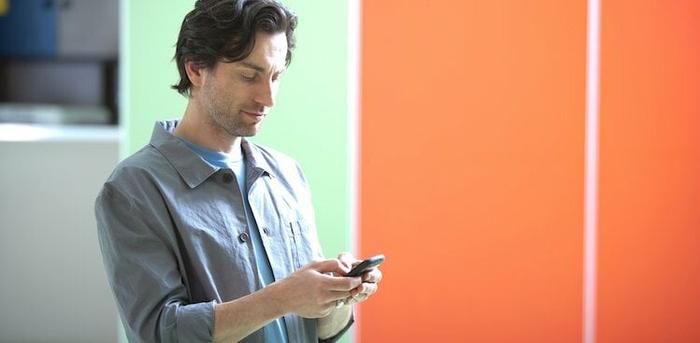
Not long ago, I had a visceral reaction when I read about how Muse writer Kat Boogaard accepted over 300 random LinkedIn requests. It reinforced my stance that I’d only accept them when they were accompanied by a short note.
No really, including a note as to why we should connect makes it so much easier to say yes. (And if you have no idea what to say in that note, here are a few templates.)
Why else would I turn you down? Here are a few more reasons:
1. You Asked for Way Too Much Right Off the Bat
The fact that I write career advice articles for a living is proof that I really enjoy helping people. Even with two jobs, I get a rush out of giving someone a resume, cover letter, or interview tip that might help them land their next job.
However, when people ask me for more in-depth consultations pro-bono, I’m reminded of the time I reached out to a writer I admired and essentially begged him to help me break into the world of sports journalism. At the time, I couldn’t comprehend why he ignored me. But after being on the other side of the fence a handful of times, I understand that as much as people want to help, they have the same number of hours as the rest of us.
So, start small. Ask to connect first. And after that, keep up with that person you admire occasionally by liking statuses and weighing in with comments when it makes sense.
This will make it less surprising when you ask for things like job tips, referrals, and introductions to other thought leaders.
2. You Tried to Connect in Too Many Places, Too Fast
There are a lot of stories about people connecting with complete strangers who they admire on LinkedIn. I’m all for this if you can pull it off. And if you do it with a bit of tact, it can be mutually beneficial for you and the person you’re reaching out to. In fact, if you want some tips on how to do it, check out this article.
But I’ve also had a few experiences in which these strangers took things a bit too far. In some cases, I’m talking about people following up with an aggressive email asking why I hadn’t accepted instantly. In others, people have tweeted at me to try and convince me to connect ASAP.
Is perseverance admirable? Sometimes. But in most cases, it’s best to let things breathe before you check in again, especially when you’re dealing with someone who has no idea who you are.
More often than not, a thoughtful message will lead to a connection—even if it takes the person a few days to see it.
3. You Spelled My Name Wrong
Yes, even though my name is literally on my profile, people spell it wrong. And yes, I do expect you to proofread, even if you’re doing this on your phone.
So double (and triple-check) the next time you reach out. Of course, this won’t guarantee that they’ll accept. But it’ll at least keep you from annoying them and never getting accepted.
4. Your Message Was a Little Too Personal
When a request comes with a short, personalized message, I tend to accept—even if I’ve never met the person in real life.
For example, this is usually a hit:
Hi Rich,
I’m a huge fan of [your work/recent project]. You really inspired me to [something that you did because you look up to this person]. I’d love to connect on LinkedIn!
Sincerely,
You
However, in the past, I’ve received super long messages that while flattering, make me a little nervous to leave my apartment (half-kidding!). Sure, maybe you can find a lot of information across various platforms out there. But if you combine everything you can possibly learn from all my social media profiles into one message, it crosses the line, and truthfully makes me a little hesitant to accept.
LinkedIn can be a powerful tool that allows you to interact with people you’d otherwise never meet. But if you’re not careful about how you approach them, you could end up costing yourself some valuable relationships. I’m not saying to avoid trying—no really, try! I’m saying that you should just use common sense when you’re doing it.